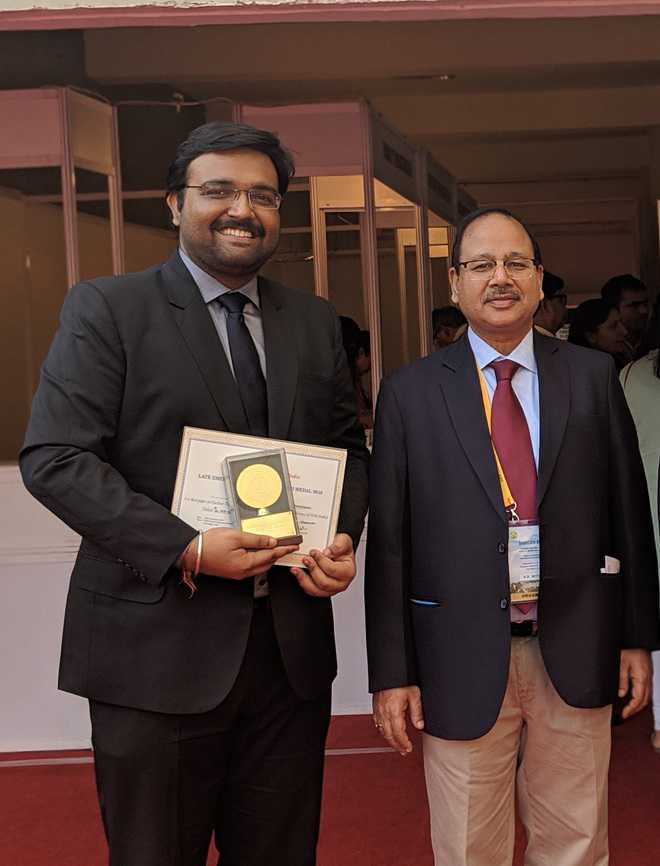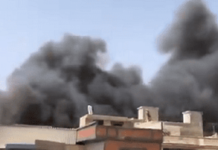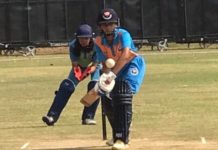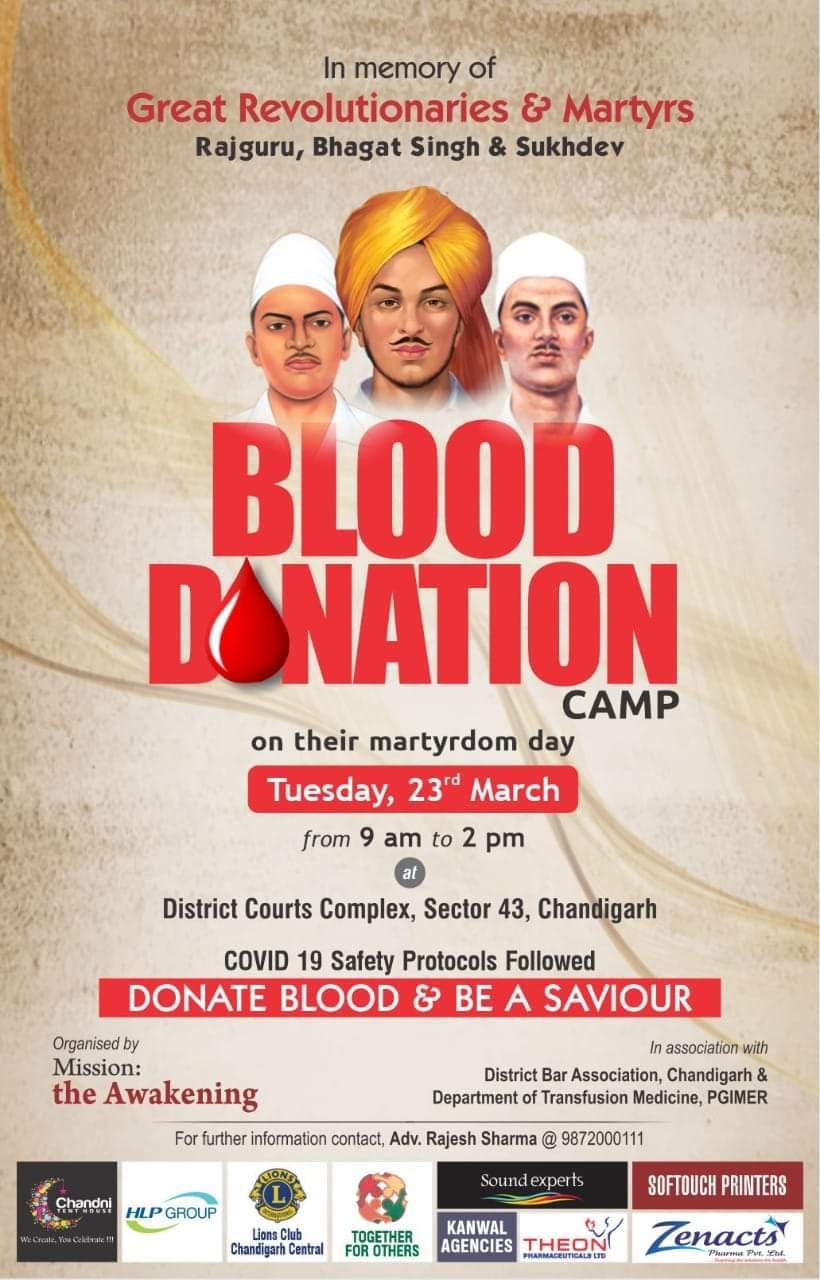
Chandigarh: Five doctors at the PGI have resolved a major problem in thyroid cancer cure with the use of a new radiotracer, Ga68-RGD. This diagnostic modality has not been used previously in patients with thyroid cancer.
“This has shown immense promise with the potential for diagnosis and treatment of these patients, improving survival and overall well-being. We were able to achieve this breakthrough with guidance from Dr Bhagwant Rai Mittal, Head of the Department of Nuclear Medicine,” said Dr Ashwin Singh Parihar.
The results were shown during a five-day international conference, which concluded at the PGI today. Dr Parihar today received Dr N Ramdas Gold Medal for the best thyroidology paper for this breakthrough. He was the principal author of the paper.
Issue with use of radioiodine
In some patients, despite the persistence of cancer cells, a radioiodine scan comes negative, which leads to a diagnostic and therapeutic conundrum. The disease areas need to be identified before any therapy can be planned.
“Moreover, there are limited treatment options for these patients, including costly drugs, which have severe adverse effects and are often not tolerated by patients,” said Dr Parihar.
The research paper in this regard was published in the European Journal of Nuclear Medicine and Molecular Imaging.
Besides Dr Parihar, Dr Bhgwant Rai Mittal, Dr Ashwani Sood, Dr Rajender Kumar and Dr Priya Bhusari from the Department of Nuclear Medicine, PGI, collaborated for the study.
Case of 54-year-old woman
A 54-year-old woman came to the PGI with papillary thyroid cancer in 2013. The papillary thyroid cancer is the most common form of thyroid cancer. She was given radioiodine therapy five times. However, she developed the TENIS syndrome. In this syndrome, the radioscan, which is carried for diagnostic purposes of cancer, comes negative but blood tests show cancer is there.
“This implied that the gene which takes iodine inside the cancer cells is mutated. So, there is no one to take radioiodine inside. There is a conundrum,” said Dr Parihar.
The woman patient was experiencing significant adverse effects with no clinical improvement even on sorafenib therapy, a kind of chemotherapy, for one year. She was in pain and had a palpable hard mass in the affected area. “Sorafenib therapy has a lot of side affects. The patient suffers from diarrhoea, rashes, vomiting and dryness in the throat,” said Dr Parihar.
Dr Parihar and his team then used Ga68-RGD for the PET scan to evaluate disease extent and for pre-therapy assessment in November 2017. After the successful identification of disease areas, the doctors used Lu177-RGD, a radiotracer, for curing the thyroid cancer. It was the first time that Lu177-RGD was used for any kind of cancer.
“The patient was followed up at four months post-therapy in March this year, with significant pain relief and reduced swelling, suggesting clinical benefit. She is still visiting the PGI for check-ups,” said Dr Parihar.
Dr Parihar said they needed to do more research on this mode of treatment of thyroid cancer.











































